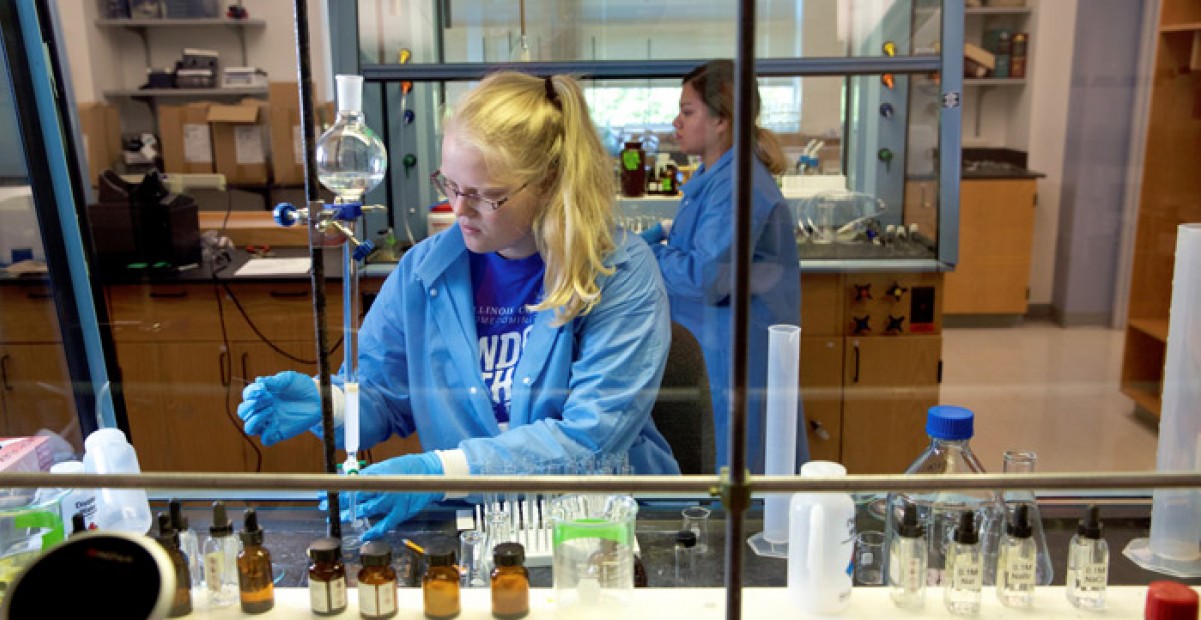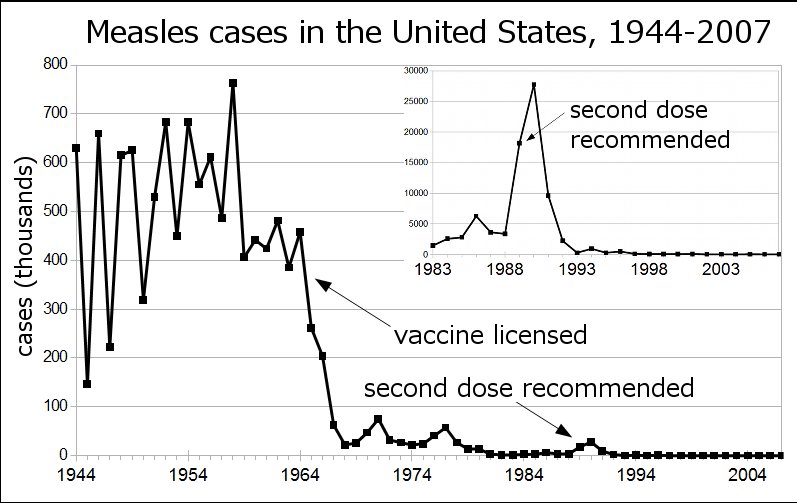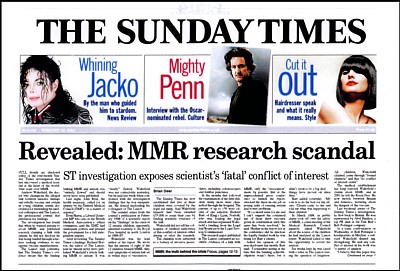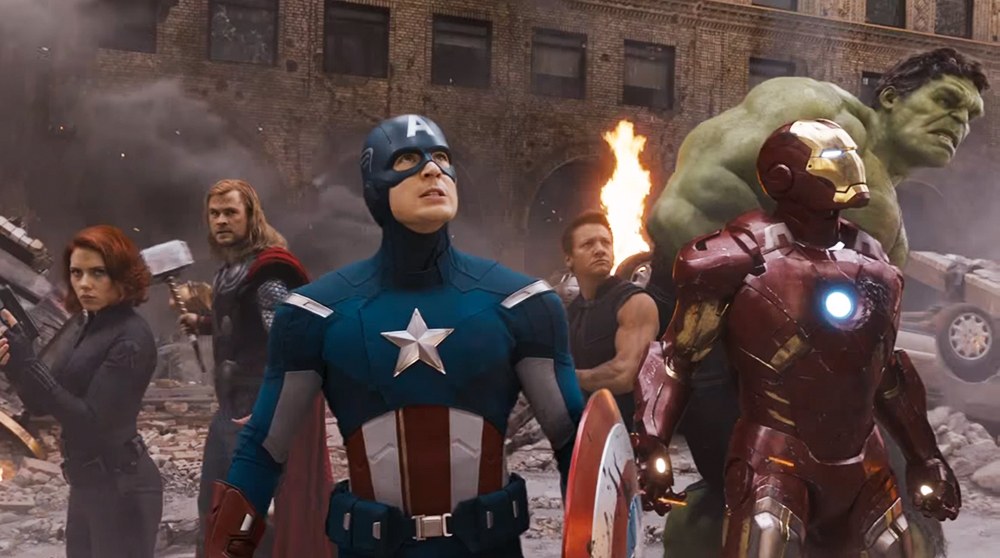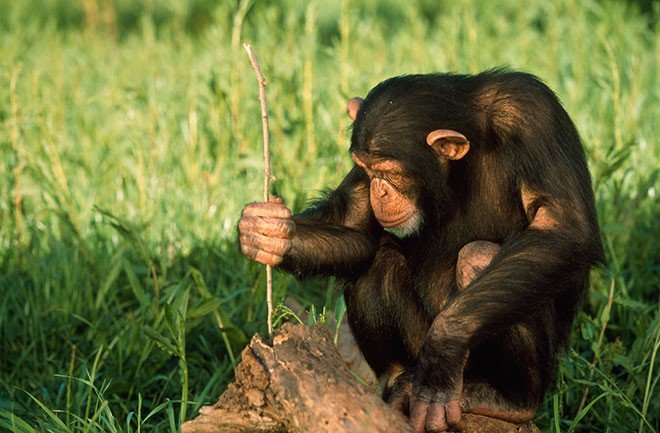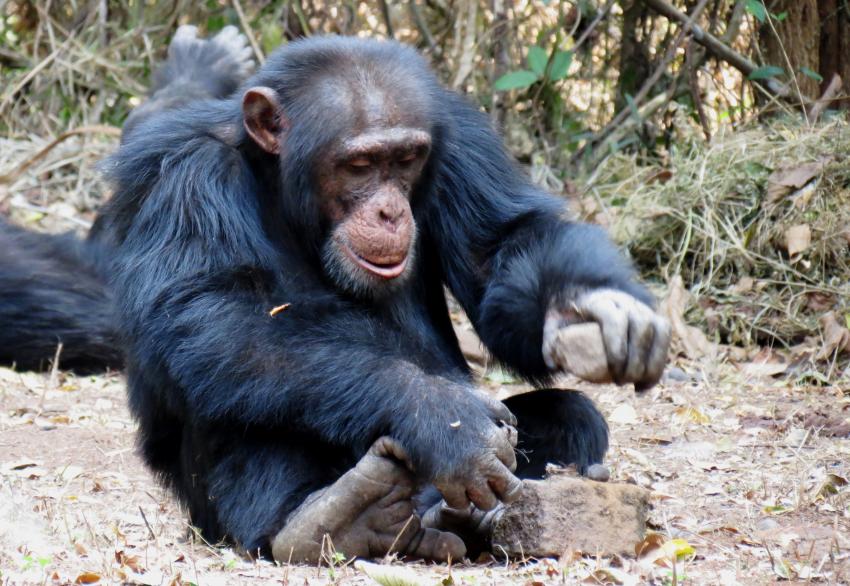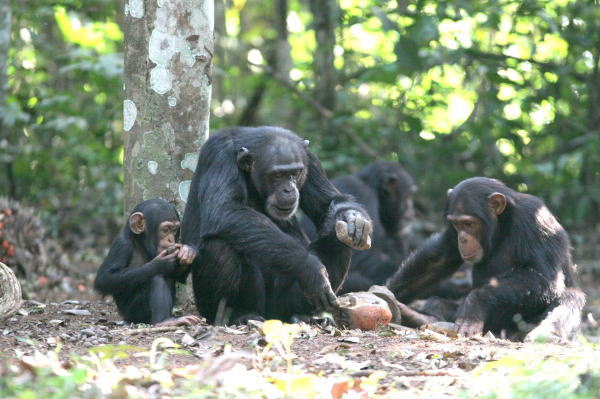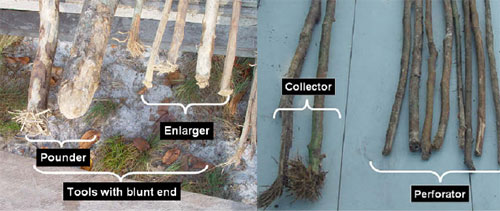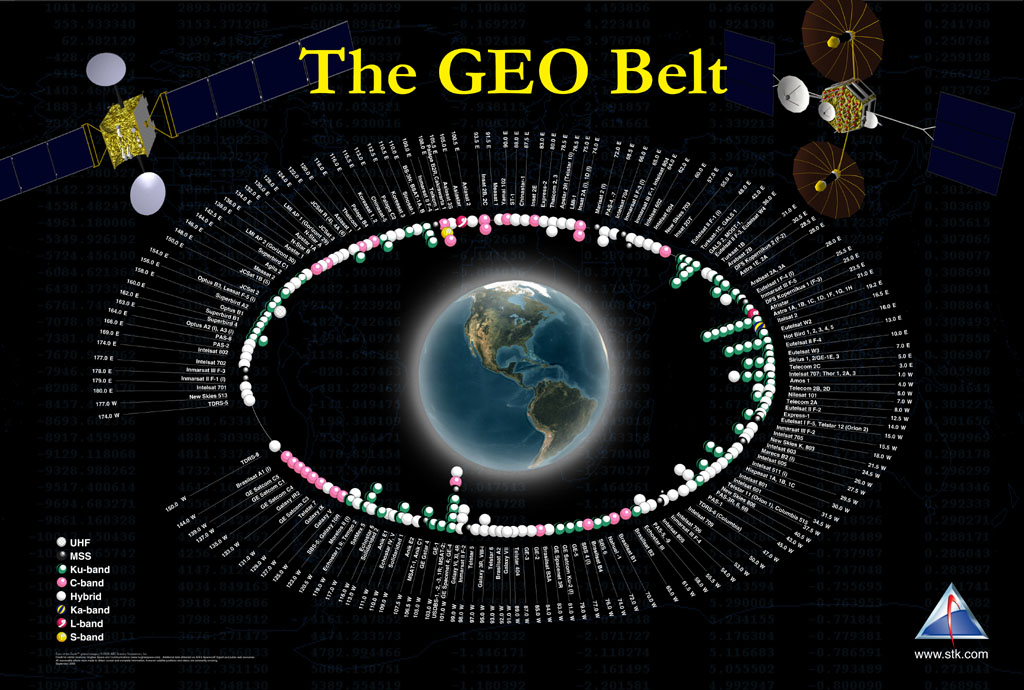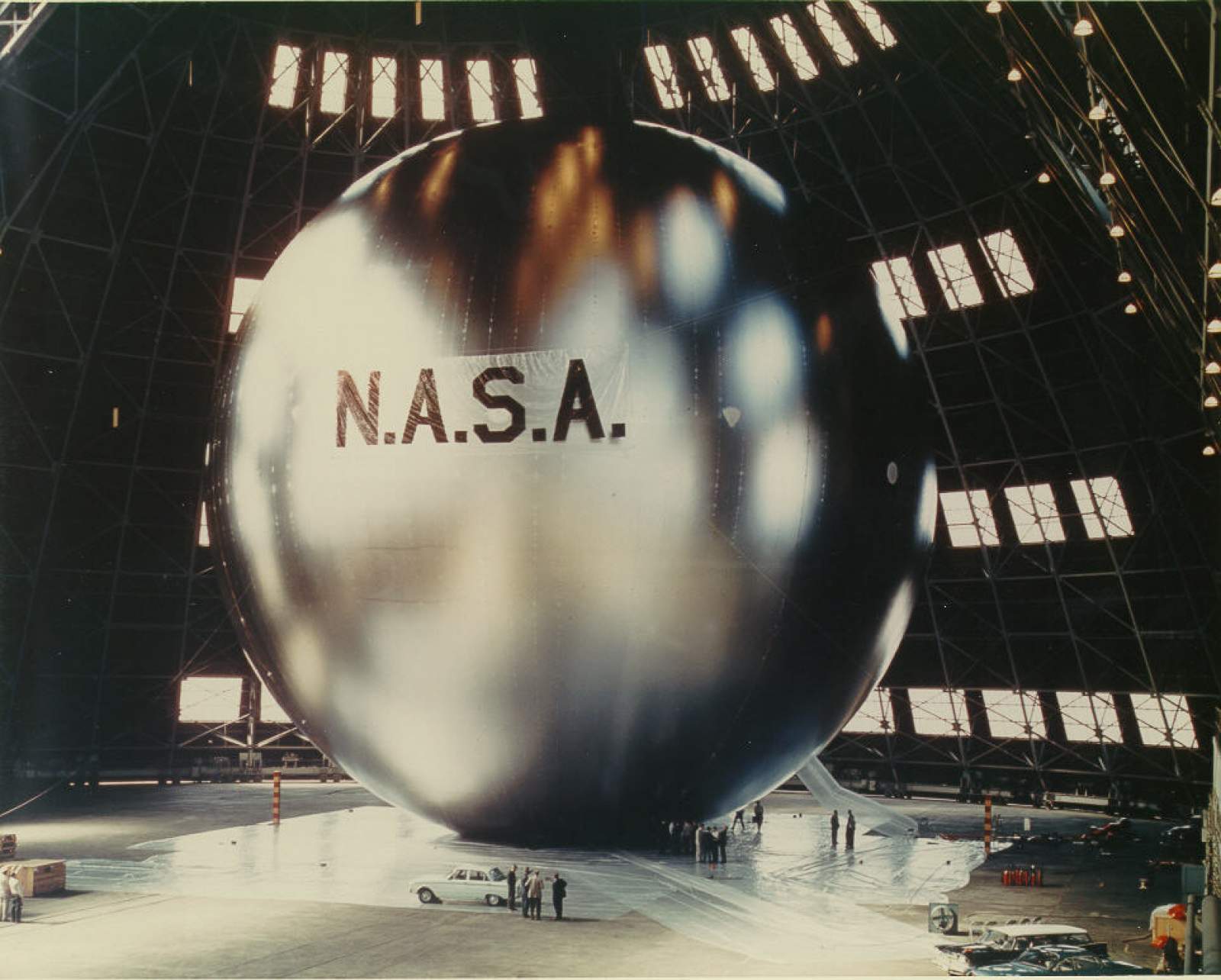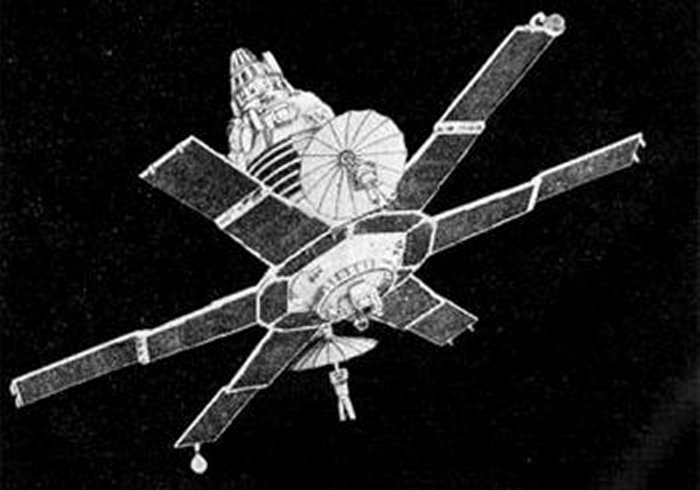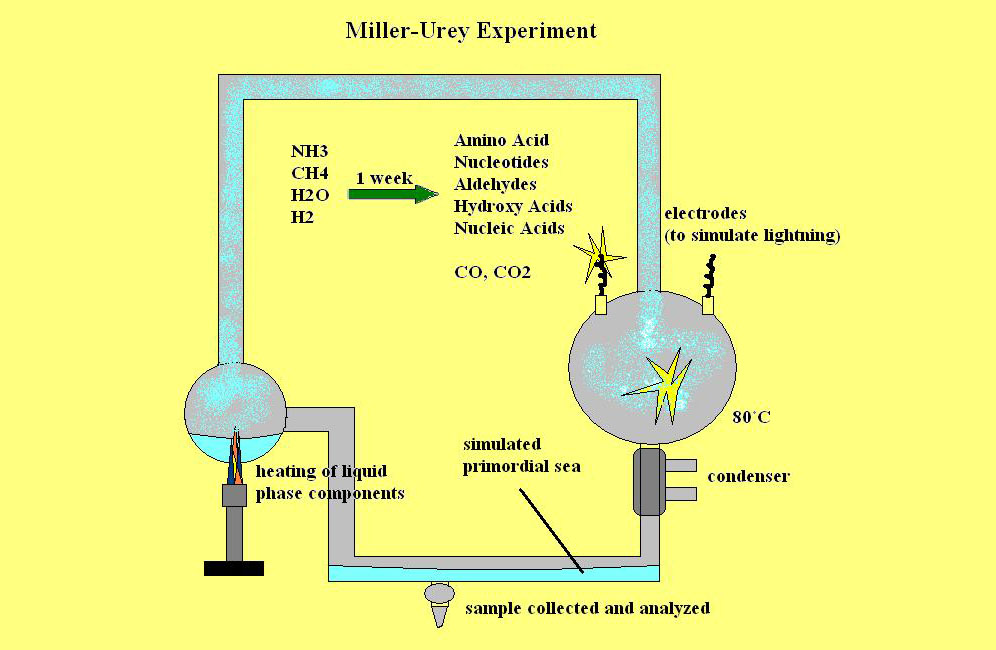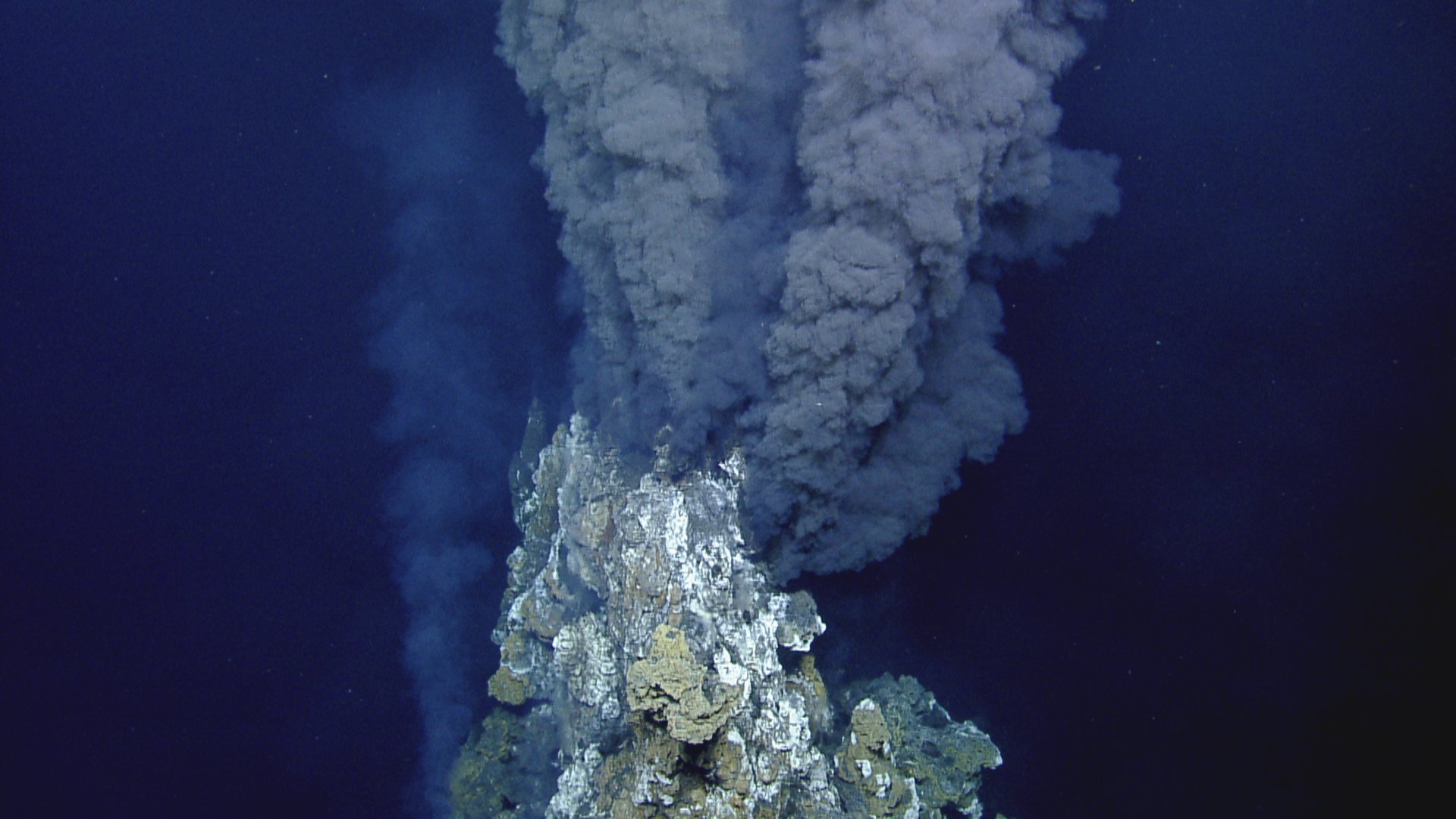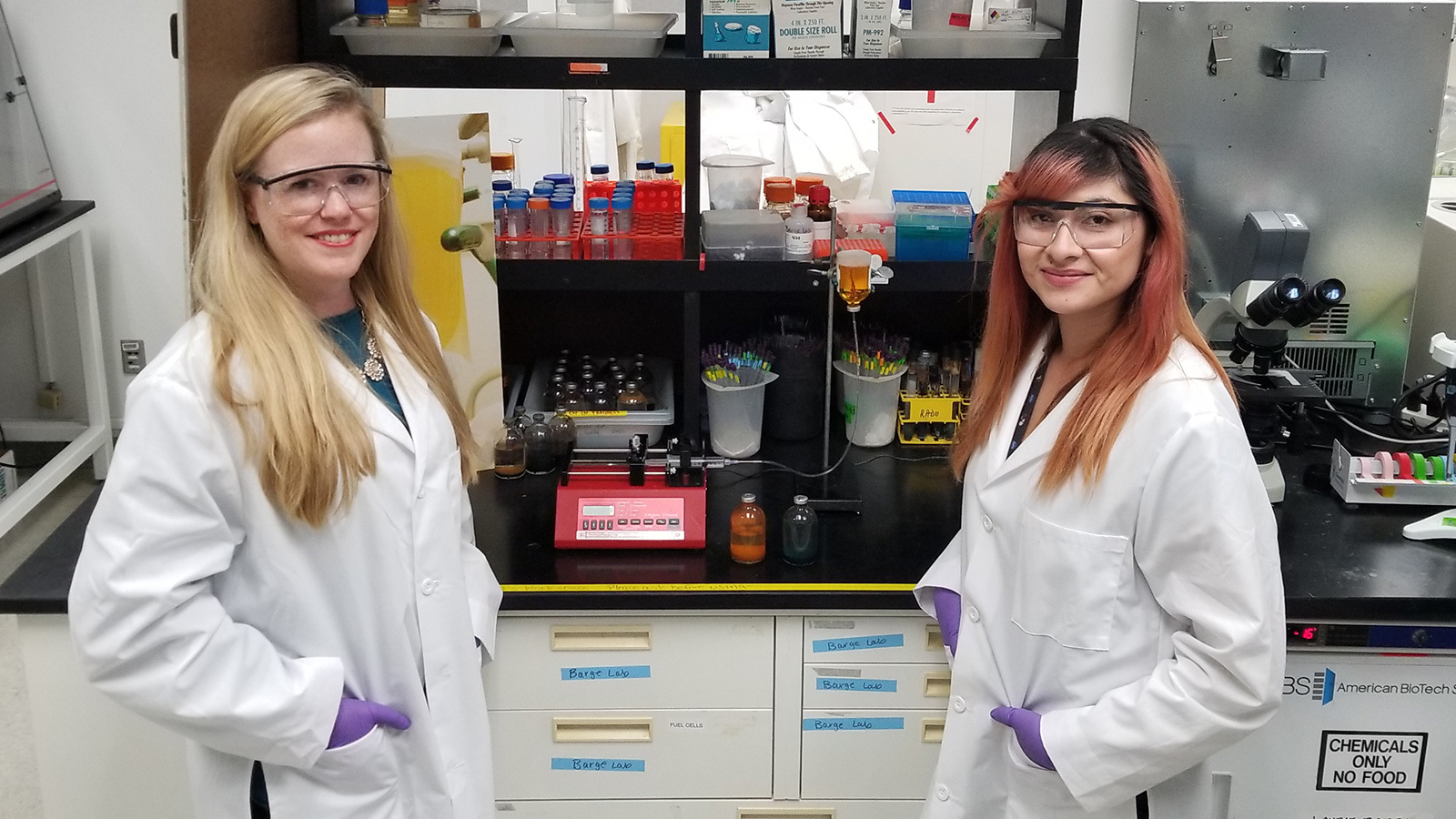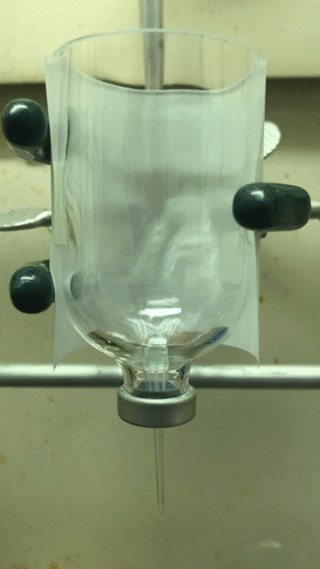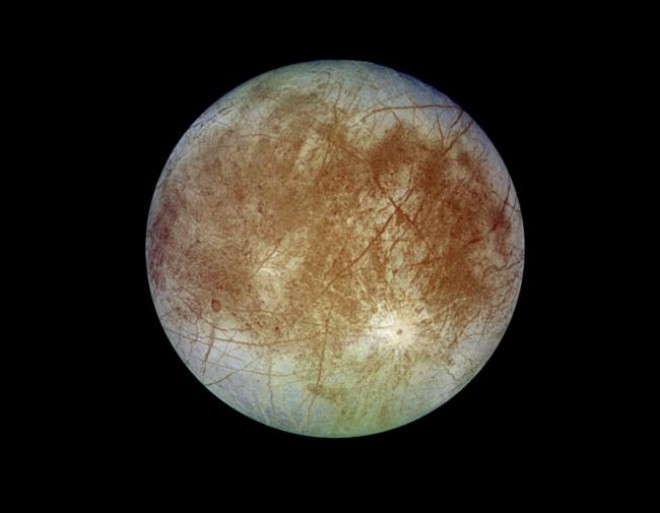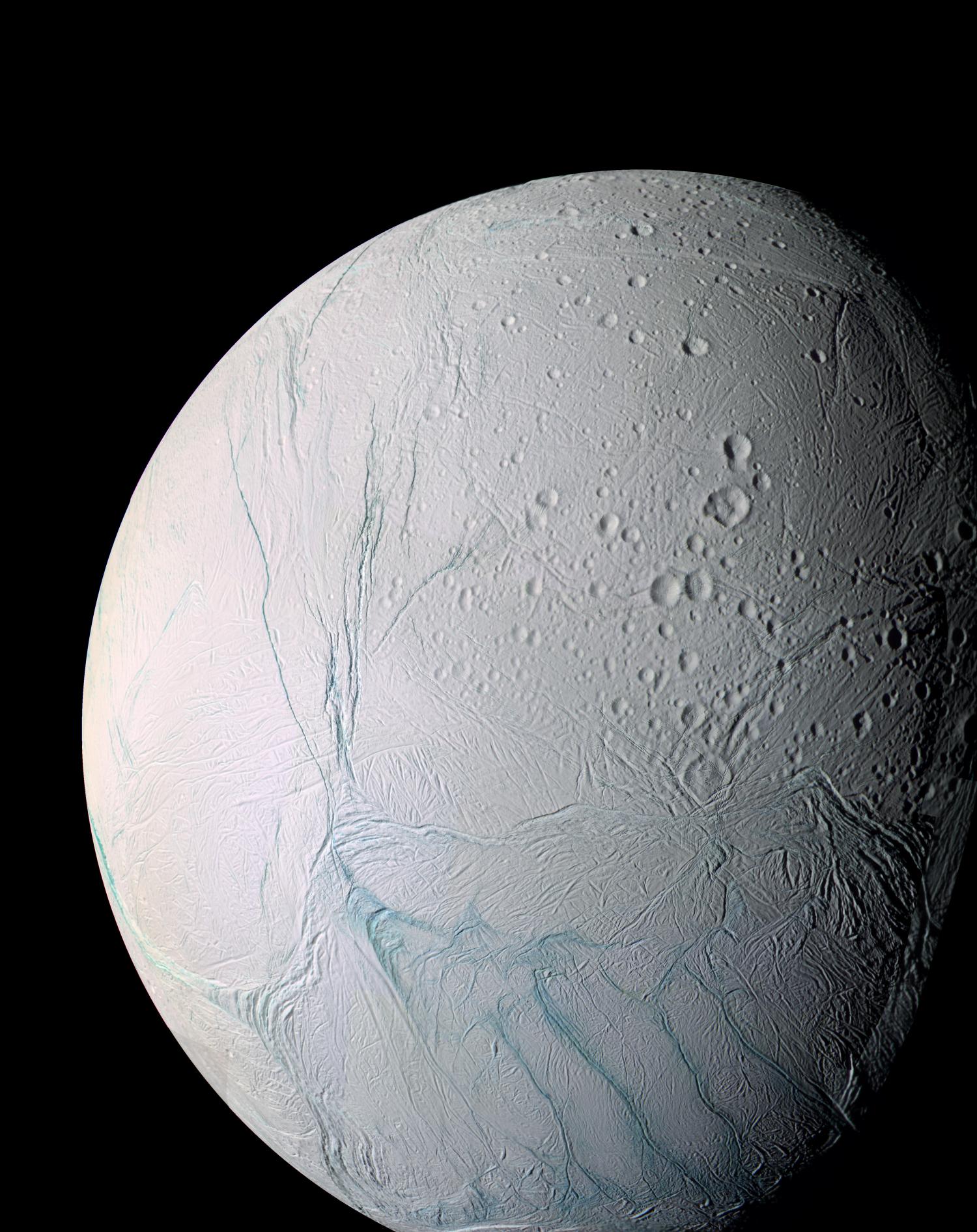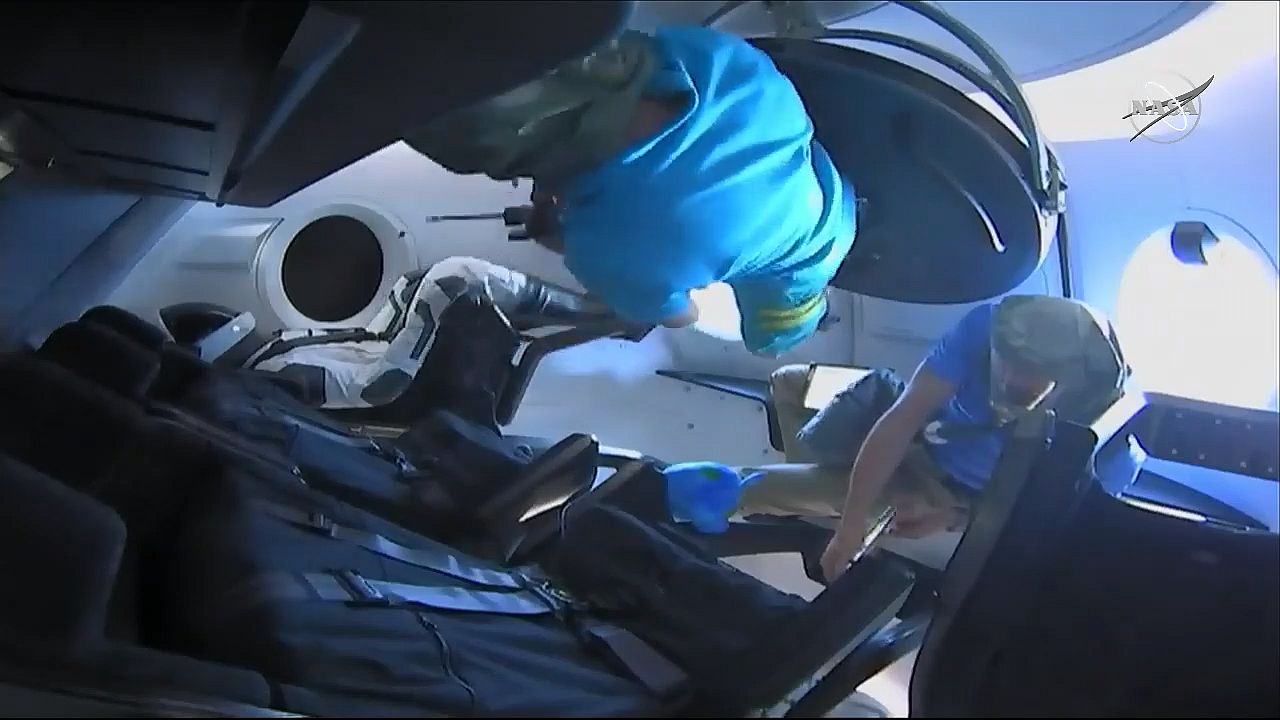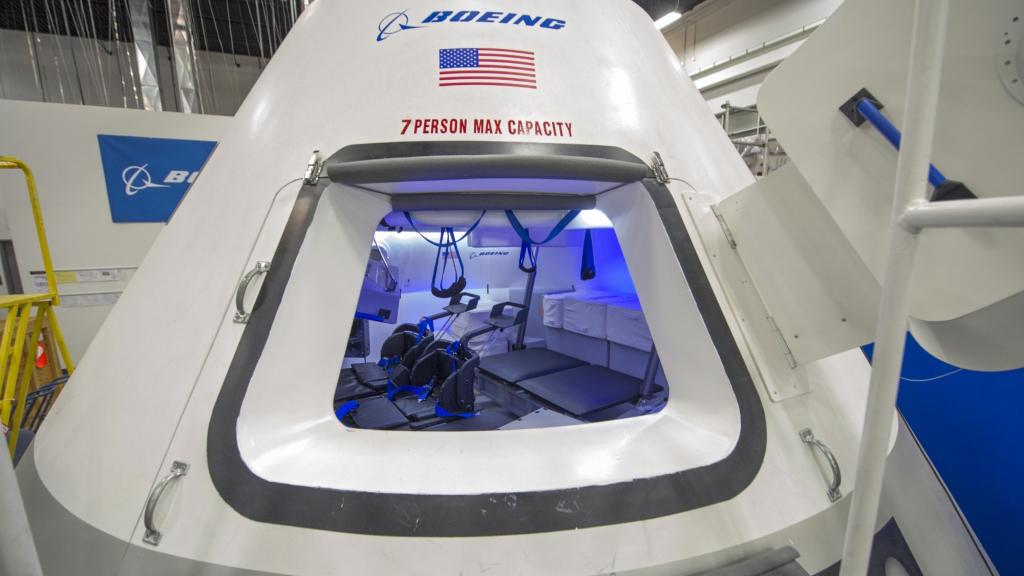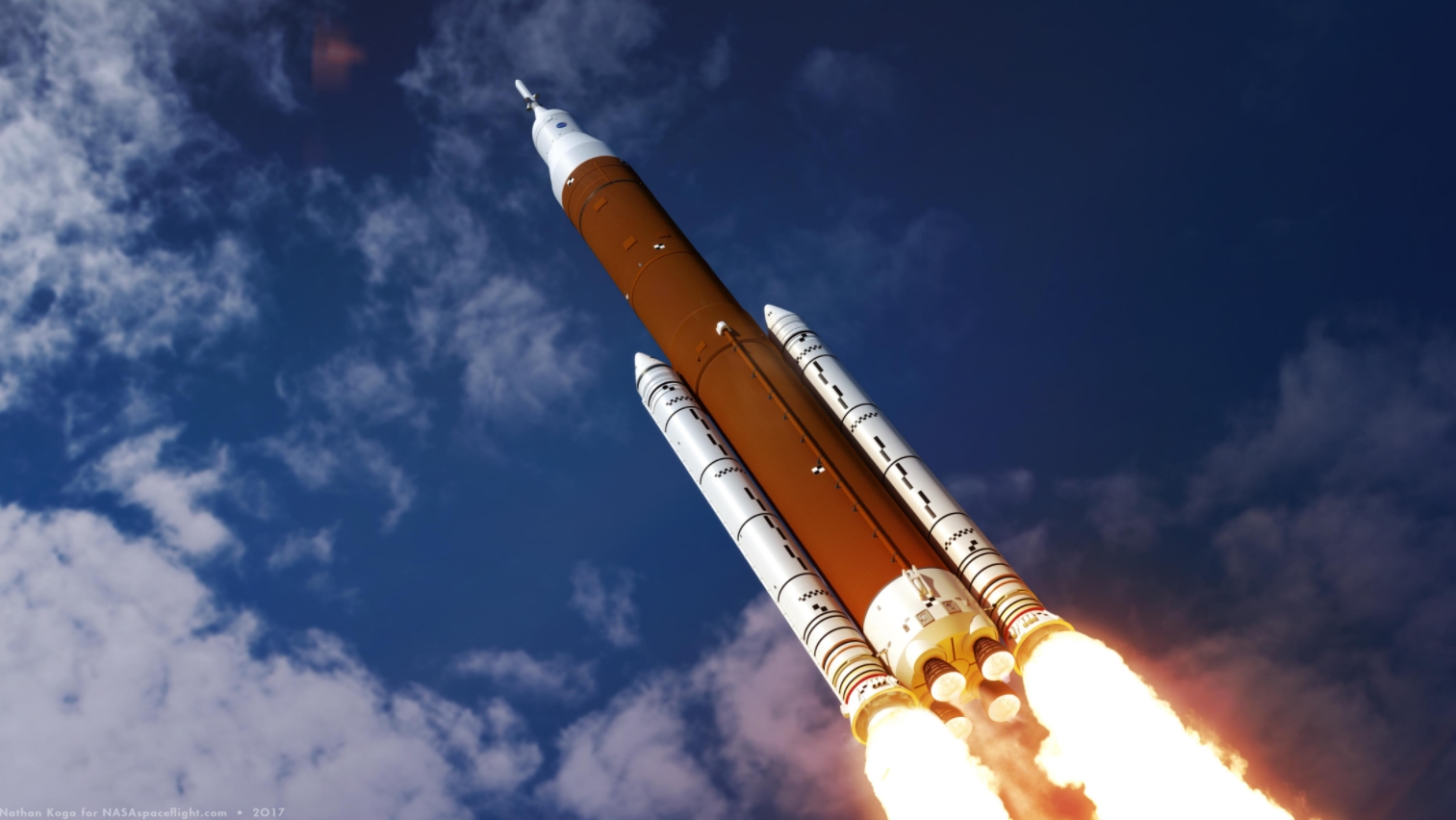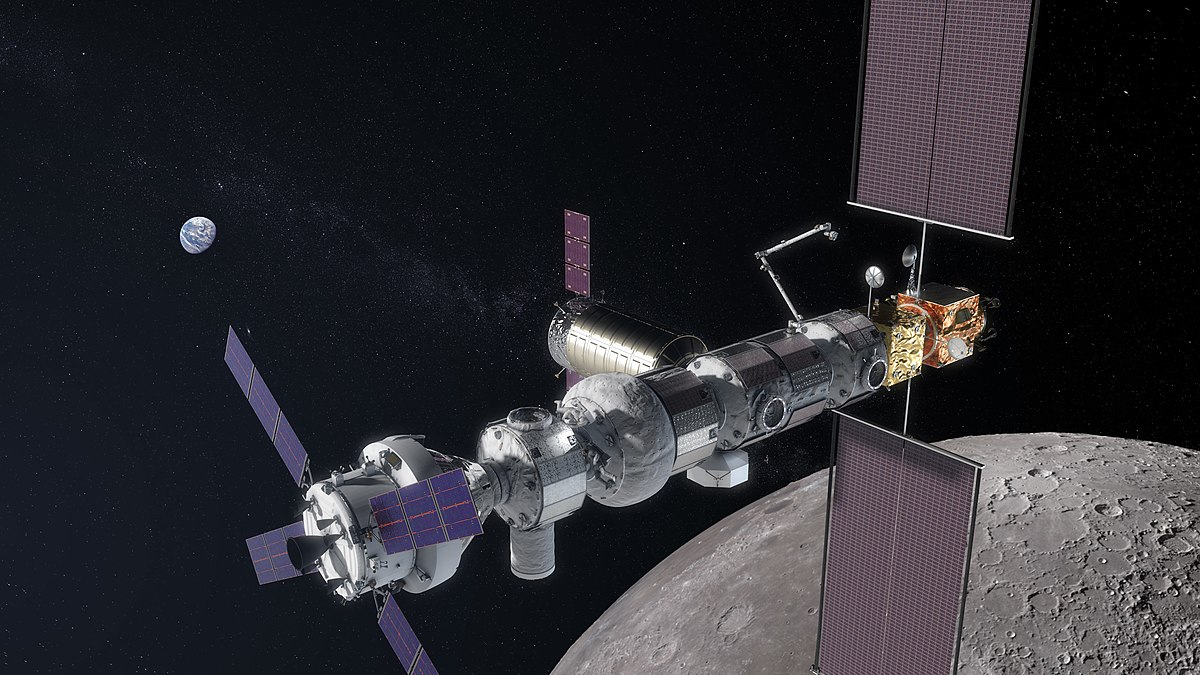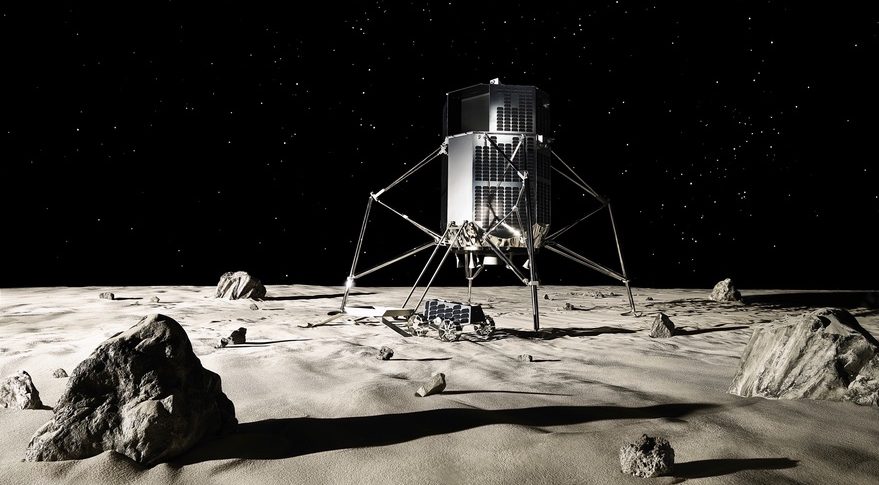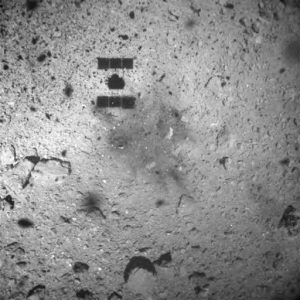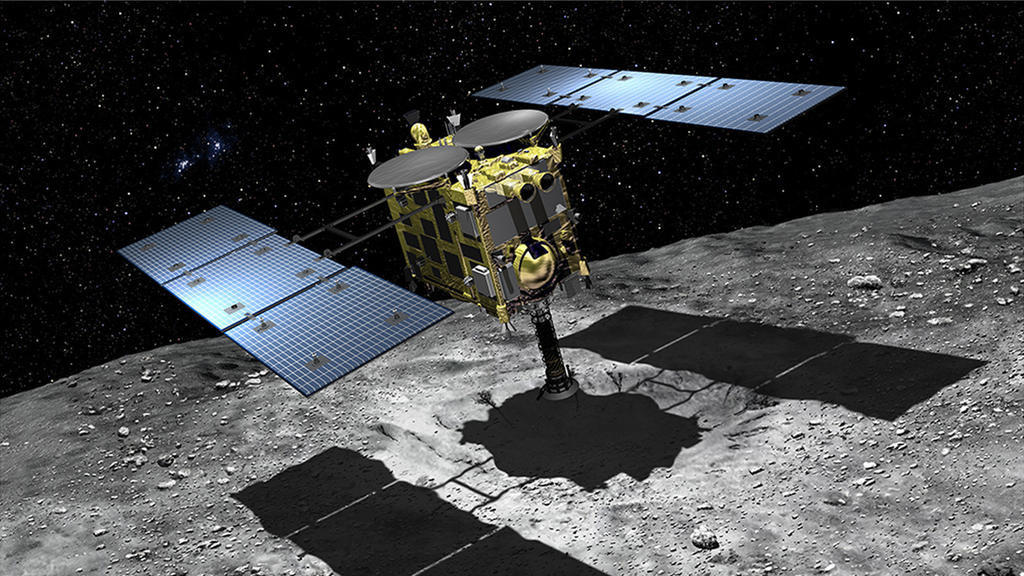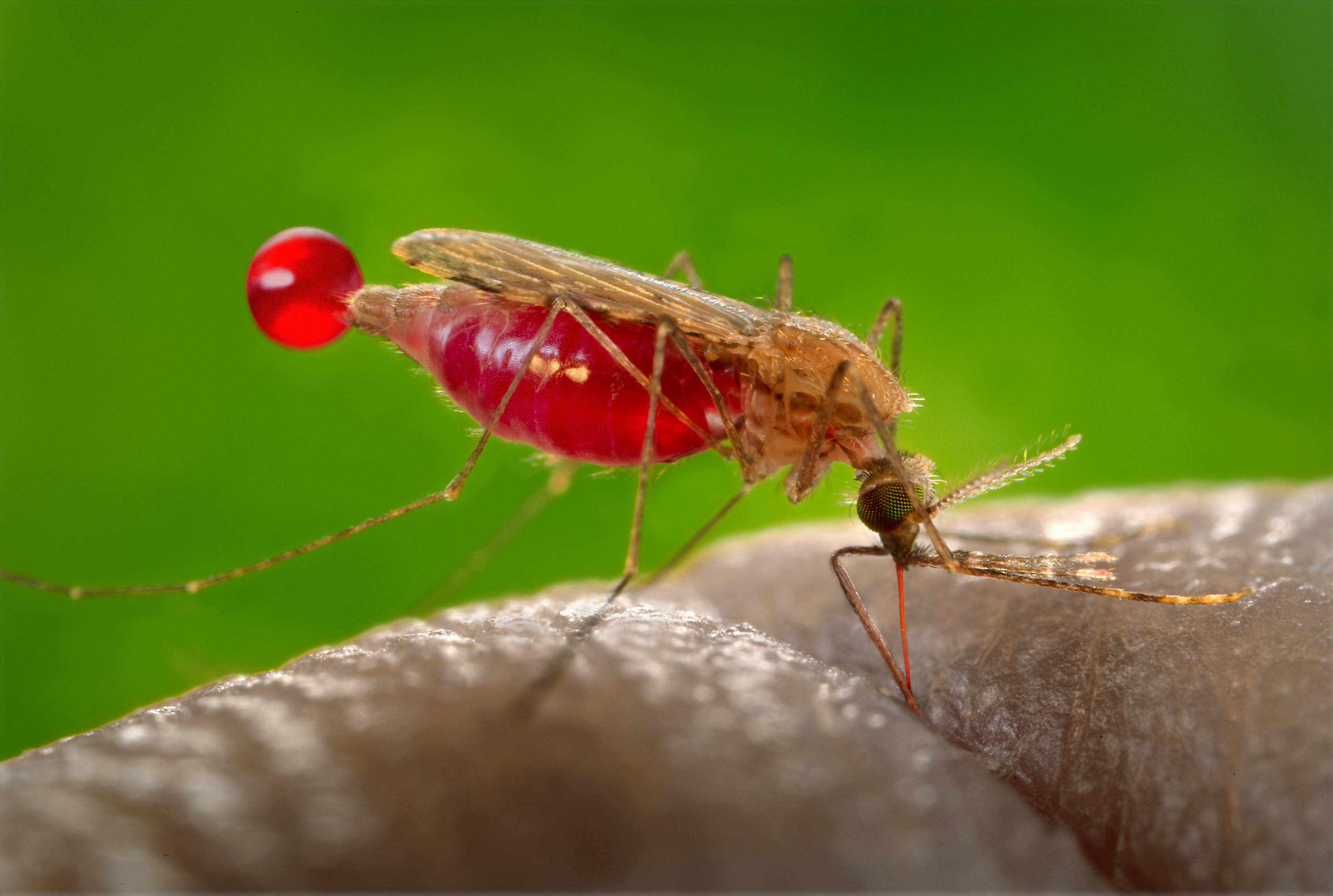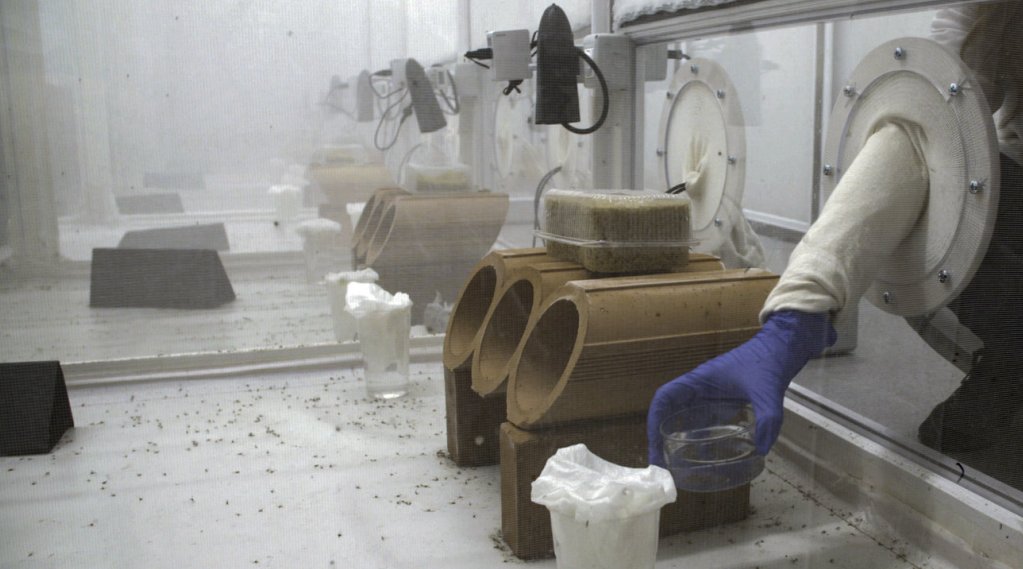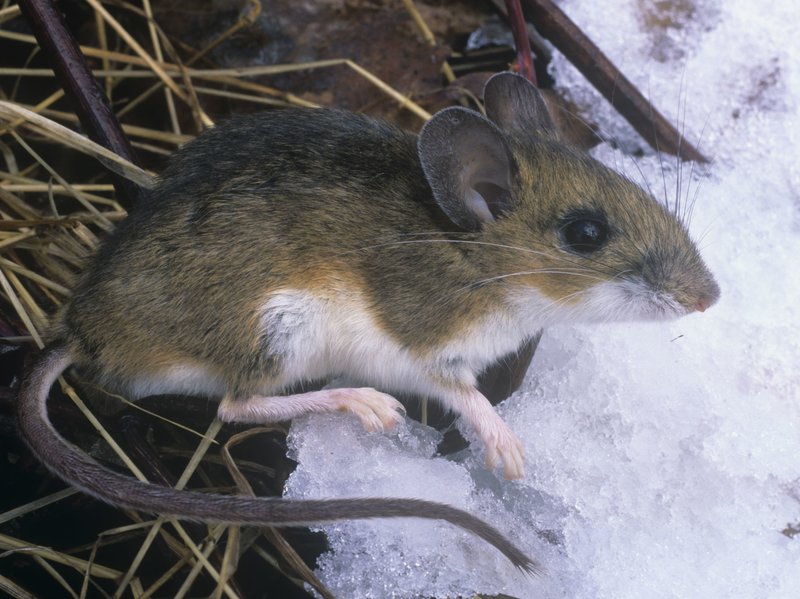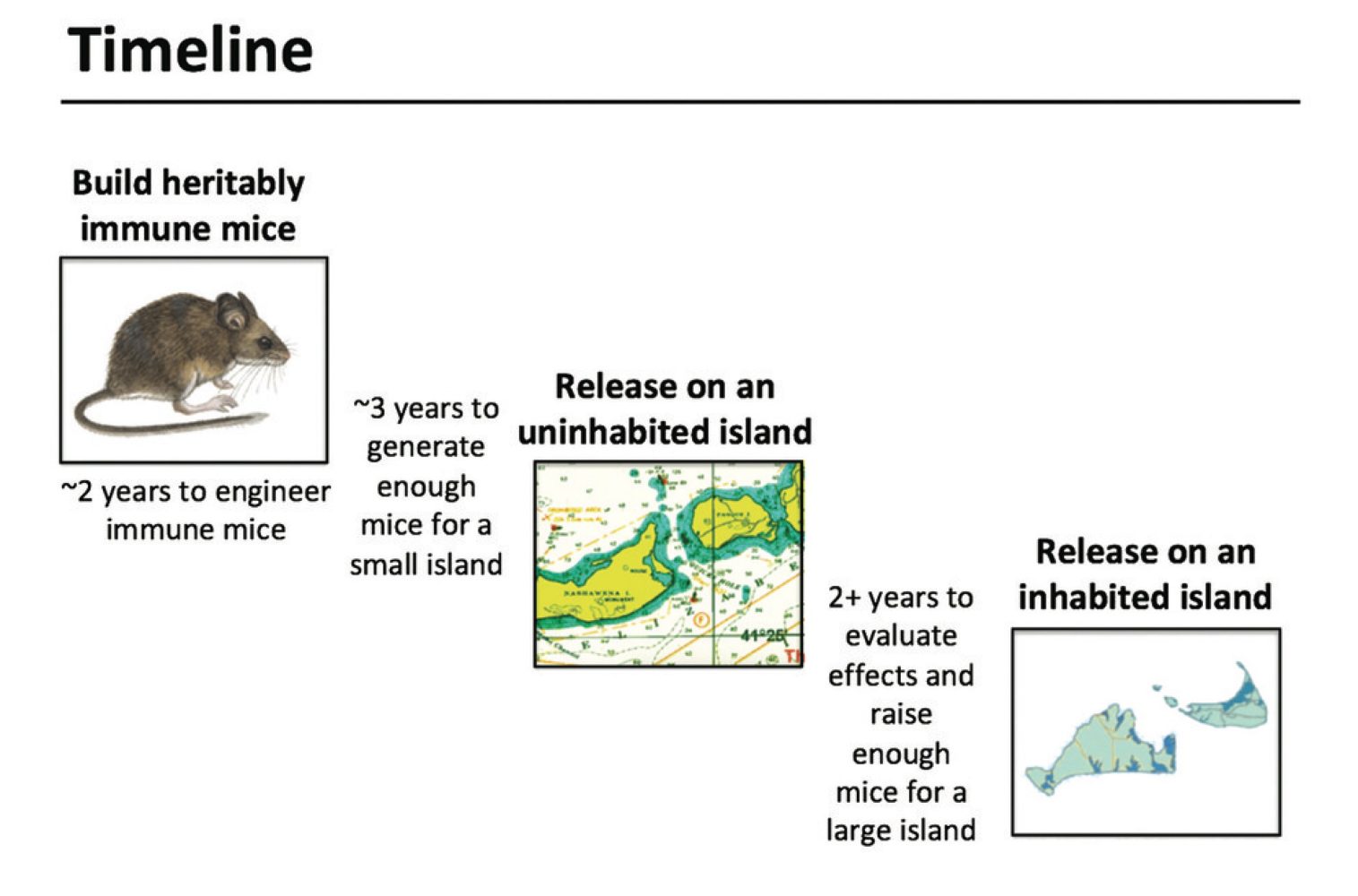This is the Fourth installment of a series of articles leading up to the 50th anniversary of Apollo 11 and humanity’s first landing on the Moon. In these articles I will reminisce about some of the most important milestones on the journey that led to Apollo 11, some of the best known events in the Space Race.
In the third installment I discussed how despite initially lagging behind Soviet Union in rocket power the United States scored some very important early successes in the development of communications satellites such as the revolutionary Telstar satellite. I described how it was the United States’ superiority in electronics, especially in the use of solid-state transistors, which allowed the US to ‘do more with less’.
In this post I will return to my discussion of manned spaceflight and the first spacecraft to carry more than one person at a time. Of course it was the Russians who went first with their Voskhod spacecraft.
The Voskhod capsule, see image below, was simply a modification of the earlier Vostok single man spacecraft that had launched Yuri Gagarin as the first man into space. Now modifying any complex machine to do twice the job it was designed for it a risky business but Voskhod 1, launched on 12 October 1964, may very well have been the most dangerous manned mission in history. Not only did the capsule carry three men but because of the cabin’s space was so cramped the cosmonauts couldn’t even wear spacesuits!

Launched on March 18th 1965, Voskhod 2 was hardly any safer. It may have only carried a crew of two but it also had to find room for an airlock, see image below, so that cosmonaut Alexi Leonov could become the first human being to perform an Extra-Vehicular Activity or EVA, often known as taking a spacewalk.
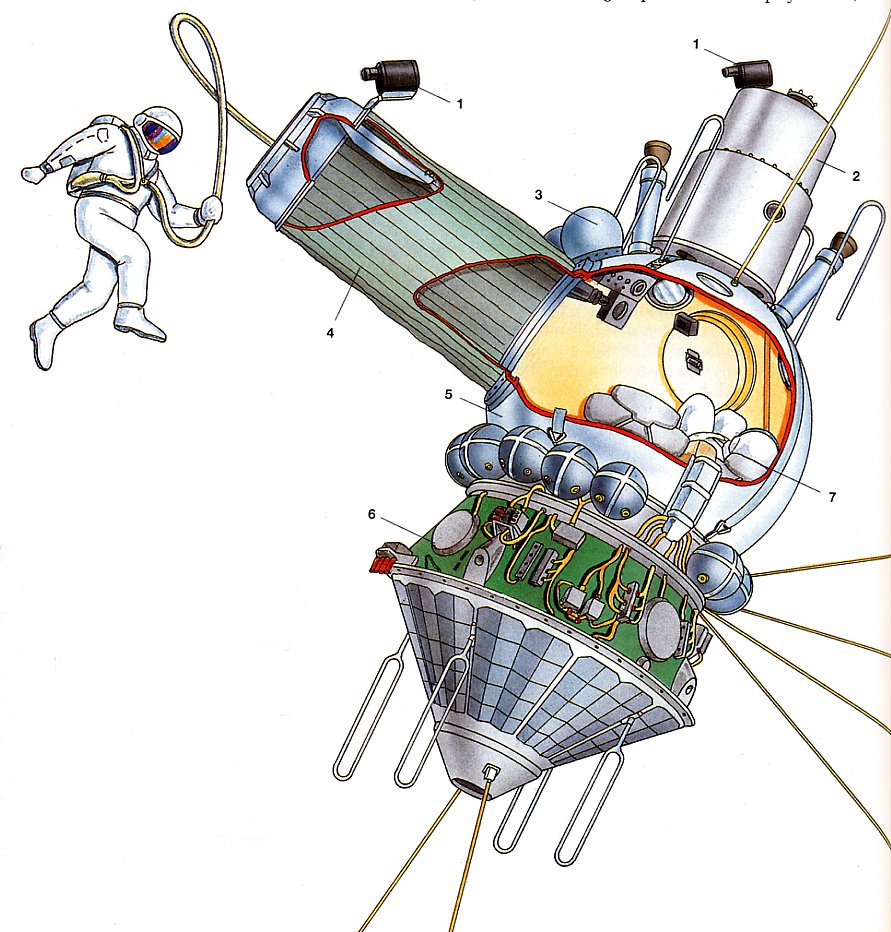
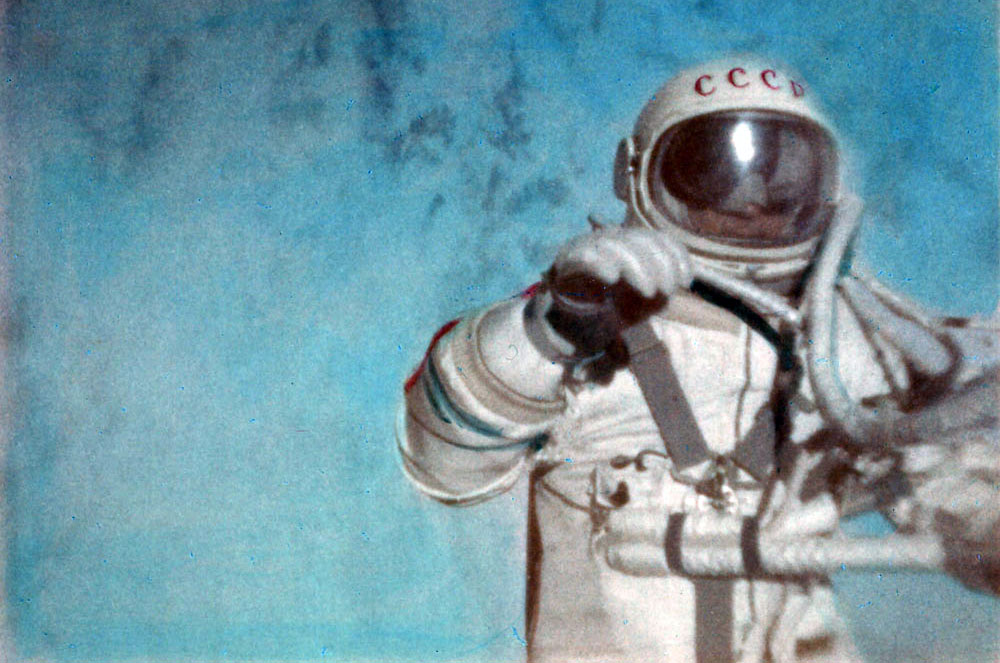
Walking in space was to be the last time the Soviet Union would score a space first for the United States was about to begin its Gemini program. Although similar in concept to the Mercury capsule unlike Voskhod the Gemini spacecraft was a completely new design intended for more than simply carrying multiple passengers.

You see NASA was thinking ahead to the activities that astronauts would be required to conduct for its planned Moon mission. Three critical abilities had been identified as essential for the success of that undertaking:
1: The ability to survive a long duration spaceflight, 10 days at least.
2: The ability to perform EVAs and carry out useful work during them, after all you’re not going to go all the way to the Moon and then stay in your spaceship are you.
3: The ability to locate another spacecraft in orbit and then rendezvous and dock with it, NASA’s plan for the Moon mission involved using a separate Lunar Module for the actual landing while the main Apollo Command and Service Modules remained in Lunar orbit.
The entire Gemini program was planned with the intention of determining if those activities were even possible in the environment of space.
The first Gemini launch, Gemini 3 came on 23 March 1965, just five days after Russia’s Voskhod 2, and 10 Gemini missions were carried out over the next 20 months. Gemini 4’s co-pilot Ed White carried out the first American EVA while Buzz Aldren on Gemini 12 proved that astronauts could perform useful work while outside their ship.
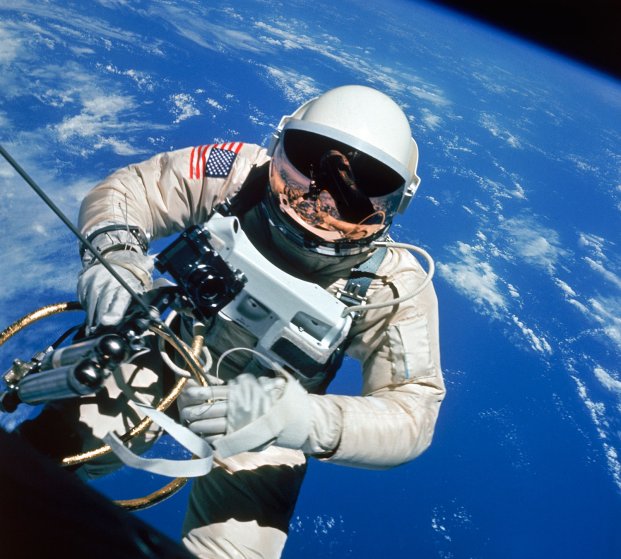
The crew of Gemini 7 undertook the longest duration mission of the program, 14 days, a record that stood for the next five years. Meanwhile Gemini 6 succeeded in the first orbital rendezvous by using Gemini 7 as its target, see image below.

It was Neil Armstrong and Gene Scott in Gemini 8 who succeeded in the first rendezvous and docking of two spacecraft in orbit using an unmanned Agena booster as their target. See image below.
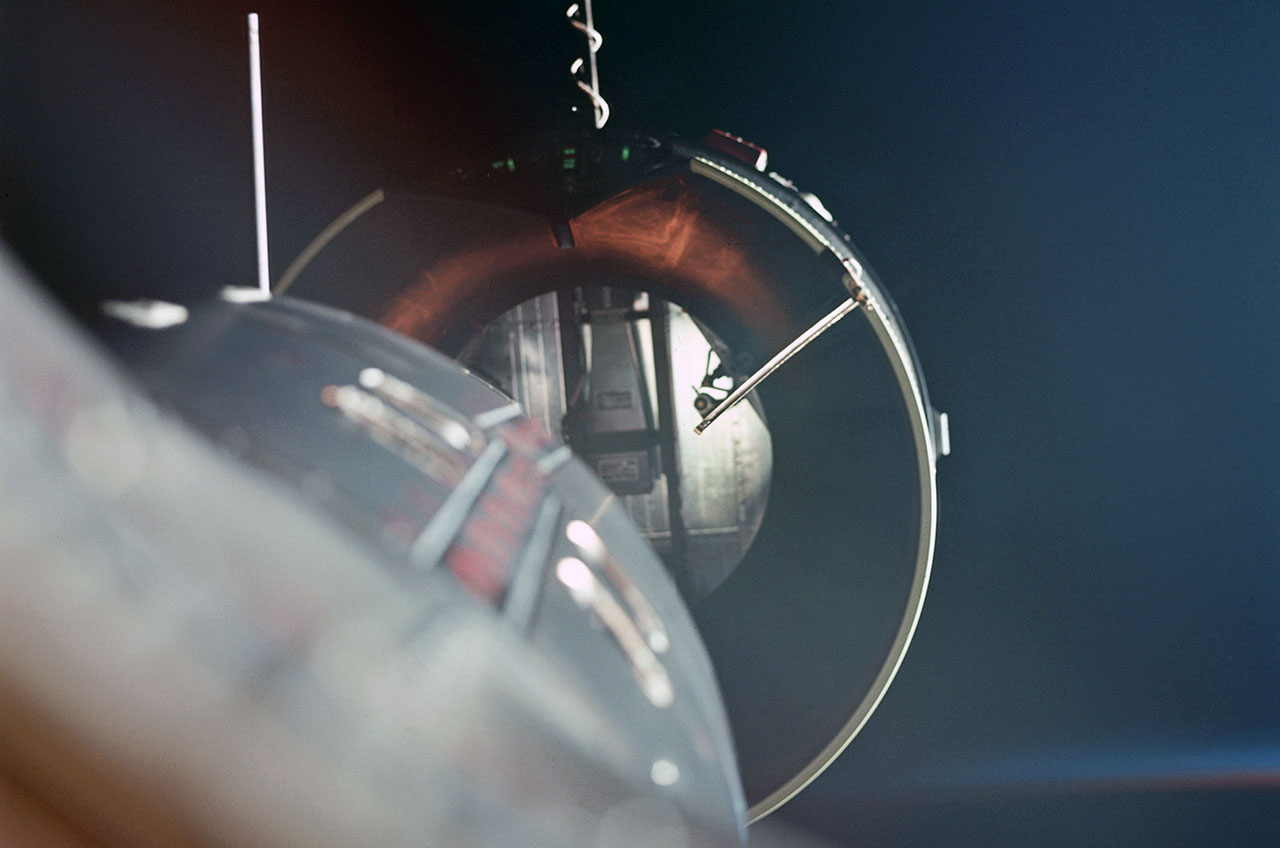
By the completion of the Gemini program American astronauts had both accomplished and refined all of the essential activities they would need to complete a lunar mission. The men of NASA were ready, now they had only to wait for their spacecraft.
Meanwhile, as the US was carrying out the entire Gemini program the Russians launched no manned spacecraft. Their Chief Designer Sergei Korolev had pushed his basic Vostok-R7 design as far as it could go and so a totally new design that would become the Soyuz spacecraft was developed.
The first flight of Soyuz came on 23 April 1967 and ended in catastrophe as Cosmonaut Vladimir Komarov died during the spacecraft’s landing. Because of this disaster Soviet cosmonauts would not conduct a successful rendezvous and docking of two spacecraft until January of 1969, only 6 months before America would land on the Moon.

Perhaps an even worse disaster for the Russians however may have been the death on 14 January 1966 of the chief designer himself. Sergei Korolev, whose health had never really recovered from 6 years labouring in a prison camp due to Stalin’s paranoia, had finally worked himself to death.

The Gemini program had given the United States a lead in the space race but only time would tell if the hardware for the Apollo program could be delivered in time and be capable of completing the mission.






